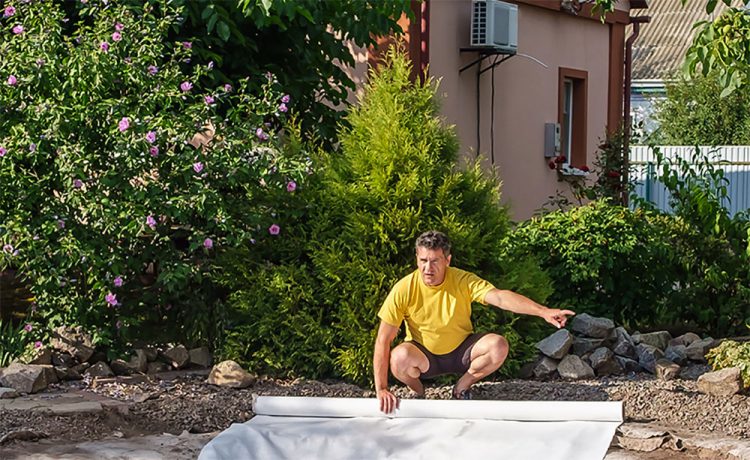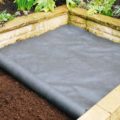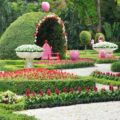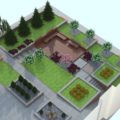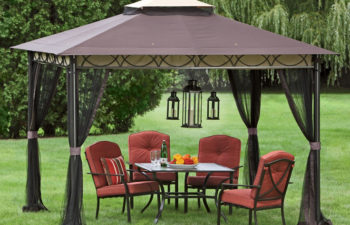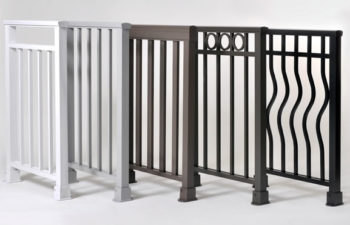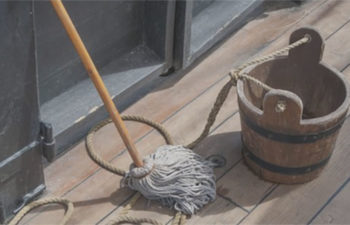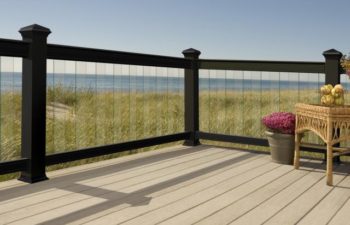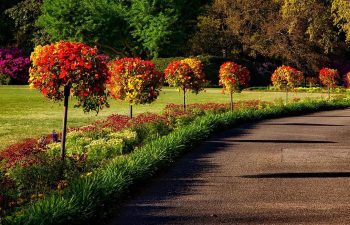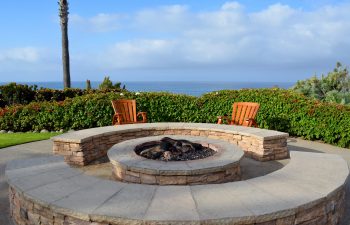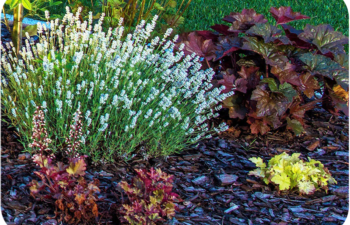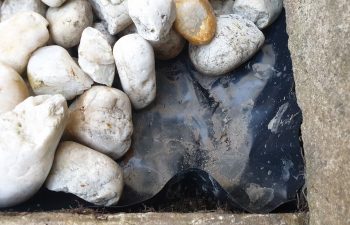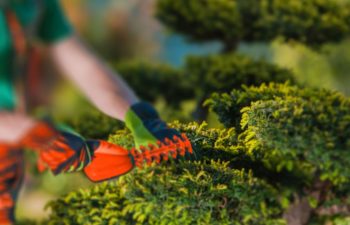Landscaping fabric is a must-have tool for any landscaper looking to create and maintain a stunning flower bed. It’s an effective way to suppress weeds, reduce maintenance, and keep pests out of your beautiful flowers.
Here are some key benefits that will make you want to invest in landscape fabric today:
* Landscape fabric prevents sunlight from reaching the soil entirely, ensuring that plants get all the nutrients they need while stifling weeds. This saves you time on weeding and makes your flowerbed look more vibrant than ever before;
* Landscape fabrics allow air and water to penetrate them easily, which not only provides better plant growth, it helps prevent pests and insects from invading your plants;
* Landscape fabric is affordable, durable, easy to install, and even easier to roll up for storage at the end of the season.
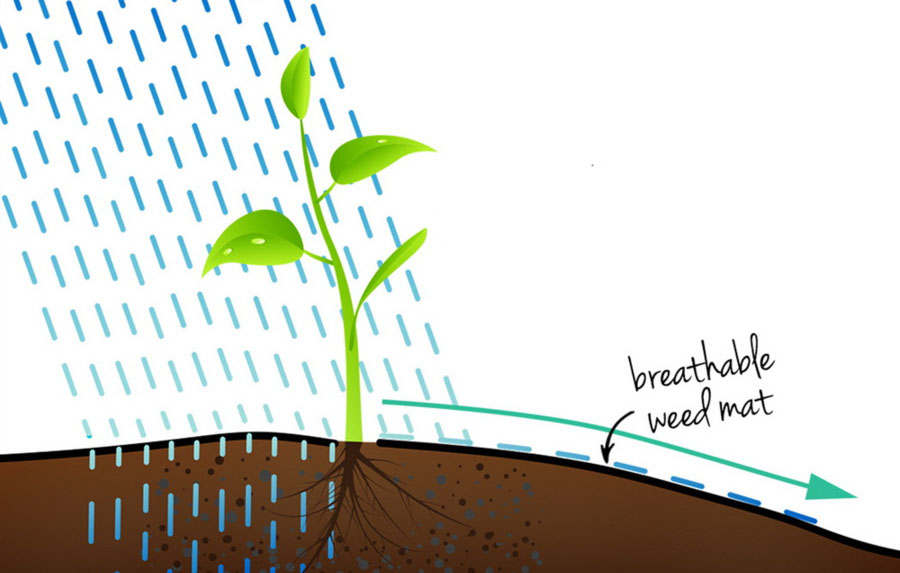
Landscape fabric truly is an essential tool in every landscaper’s arsenal!
How to Use Landscape Fabric in Your Flower Garden
Landscapers, here’s a quick rundown of the quickest and easiest way to install landscaping fabric for your flower garden.
- Make sure to choose a Professional-Grade Fabric. Cheap landscape fabrics can easily tear and is a basic hassle to use.
- Buy more than enough fabric to cover all the area including overlapping. Weeds always find a way
- Ensure the fabric is secure and is held firmly in place. If not weather animals and accidents can undo all you hard work.
- Cover the fabric after with some mulch, rocks, bark or some other ground cover to make the area covered in landscaping fabric look more appealing.
Step1. Marking the Boundary
It is important to plan out where you want the location of each flower bed to be. Mark off areas with a garden hose or rope to get a visual idea of size that will fit in your yard.
You do not have to be exact, just get an idea for each area. Be sure to leave room for walkways and access areas.
Then you want to measure and work out the dimensions of your flower garden in square feet (or meter squared) and make sure that you buy enough fabric to cover it completely.
To achieve the best possible results, try using UV-stabilized fabric in combination with a herbicide, such as Weed-X.
Step 2. Clearing the Soil
Use a rake and hoe to clear away any tubers and weeds, stones rocks twigs sharp sticks and other debris from the area of your choice.
Step 3. Laying Landscape Fabric
It is important when installing the fabric that you do so in such a way that there are not gaps between each sheet.
Where there is overlap required, make sure you have at least six inches on both sides of the fabric.
You can use some weights that will help keep the section down and weighted down if the fabric curls or you get a gust of wind that might blow your fabric away.
Step 4. Secure The Fabric
Next, secure it with pins or staples so that there are no gaps between pieces of fabric and overlaps.
If your metal pins have sharp edges which can damage the fabric, opt for plastic ones instead.
Step 5. Cover The Landscape Fabric
Lastly, add some ground cover to make the area covered in landscaping fabric look more appealing!
Most people use decorative stones or mulch but mulch is generally better because it does not crush down on top of landscaping fabric nor retain heat against soil like stones do.
Different Types of Landscape Fabric for Your Flower Beds
There are several different types of landscape fabrics that you could choose, depending on what you need them for and how much money you want to spend.
Here’s a rundown of some of the most common options:
Weed Barrier Fabric which is a heavier type landscape fabric that has been treated with chemicals to prevent weed growth.
Weed barrier should only be used as a temporary measure or in areas where no plastic will be needed for long-term use.
Geotextile Fabric is a lighter weight option and can be used as a temporary measure as well. It may allow for some weed growth but it’s usually pretty easy to pull those weeds out if they do sprout through the fabric.
UV-stabilized “weed blocking” fabrics which prevent weed growth beneath them by using special chemicals sprayed on both sides of the fabric’s surface (this can get expensive).
Weed Blocker Plus Fabric which has been treated with Preen Weed Control formula and Preen Vegetable formula granules – this prevents weed growth without the use of sprays.
Organic Landscape Fabric which has been treated with natural ingredients to prevent weeds from growing or takes time longer for weeds to grow.
It is important to note that organic landscape fabric generally “breathes” more than the other types, so it allows water and oxygen through, but not weed seed – this means you must be very diligent about keeping weeds from sprouting through the fabrics.
Conclusion
Lastly, add some ground cover to make the area covered in landscaping fabric look more appealing.
That’s it! You should be right to go. We have shown you the different types of landscape fabric for your flower beds and how to install them.
